Home>Home Appliances>Laundry Appliances>How To Maintain A Washing Machine
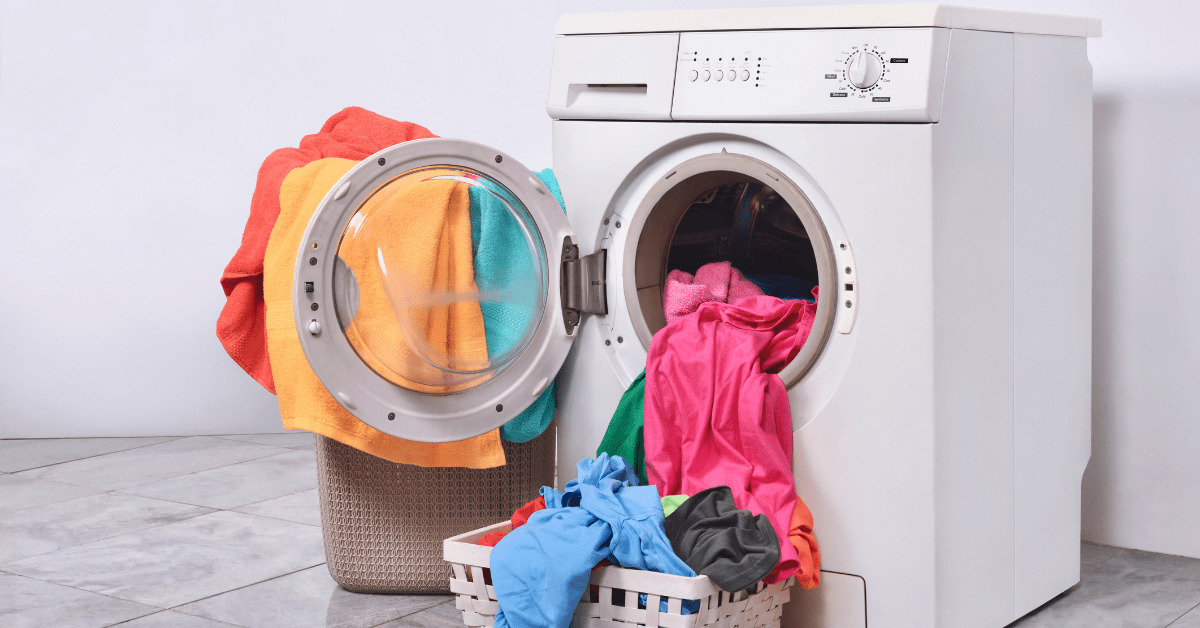

Laundry Appliances
How To Maintain A Washing Machine
Published: February 22, 2024
Learn how to properly maintain your laundry appliances with our comprehensive guide. Keep your washing machine in top condition with these expert tips.
(Many of the links in this article redirect to a specific reviewed product. Your purchase of these products through affiliate links helps to generate commission for Storables.com, at no extra cost. Learn more)
Introduction
Maintaining a washing machine is essential to ensure its optimal performance and longevity. Just like any other appliance, a washing machine requires regular care and attention to continue functioning efficiently. By incorporating simple maintenance practices into your routine, you can prevent potential issues and extend the lifespan of your washing machine.
In this comprehensive guide, we will delve into the various aspects of washing machine maintenance, providing you with practical tips and insights to keep your appliance in top condition. From regular cleaning and checking for leaks to addressing hard water issues, we will cover all the essential maintenance tasks that will help you preserve the functionality of your washing machine.
By understanding the importance of proper maintenance and implementing the recommended practices, you can avoid costly repairs and potential breakdowns. Whether you have a top-loading or front-loading washing machine, the principles of maintenance remain consistent. With a proactive approach to caring for your washing machine, you can enjoy the convenience it offers while ensuring its longevity and efficiency.
Now, let's embark on this journey to discover the key strategies for maintaining a washing machine and preserving its performance for years to come.
Key Takeaways:
- Regular cleaning is essential to prevent odor and residue buildup in your washing machine. Wipe down the exterior, clean the detergent dispenser, and run a cleaning cycle for a fresh and hygienic laundry experience.
- Avoid overloading your washing machine to prevent strain on internal components and ensure thorough cleaning. Balance the load, follow recommended capacity, and distribute laundry evenly for optimal performance.
Read more: How To Reset A Washer
Regular Cleaning
Regular cleaning is a fundamental aspect of washing machine maintenance. Over time, detergent residue, dirt, and grime can accumulate inside the machine, leading to unpleasant odors and affecting its cleaning performance. To prevent these issues, it's crucial to incorporate regular cleaning into your washing machine care routine.
One effective method for cleaning a washing machine is to run a cleaning cycle with hot water and a cleaning agent specifically designed for washing machines. These cleaning agents are formulated to dissolve residue and eliminate odor-causing bacteria, restoring the machine's cleanliness and freshness. Additionally, wiping down the door seal and drum with a mild detergent can help remove any visible residue and maintain a hygienic interior.
Furthermore, it's essential to pay attention to the detergent dispenser and clean it regularly. Detergent and fabric softener can build up in the dispenser over time, leading to clogs and affecting the dispensing process. By removing the dispenser and cleaning it thoroughly with warm, soapy water, you can prevent potential blockages and ensure proper detergent distribution during each wash cycle.
In addition to internal cleaning, it's important to keep the exterior of the washing machine clean and free from dust and debris. Simply wiping down the exterior surfaces with a damp cloth and mild detergent can help maintain the machine's appearance and prevent the accumulation of dirt in hard-to-reach areas.
By incorporating regular cleaning into your washing machine maintenance routine, you can effectively combat odor, prevent residue buildup, and ensure that your machine continues to operate at its best. This proactive approach to cleaning not only enhances the performance of the washing machine but also contributes to a more hygienic laundry environment for you and your family.
Checking for Leaks
Checking for leaks is a crucial aspect of maintaining a washing machine. Identifying and addressing leaks promptly can prevent water damage to the surrounding area and mitigate potential structural and electrical hazards. By incorporating regular checks for leaks into your washing machine maintenance routine, you can safeguard your home and ensure the proper functioning of the appliance.
To begin the process of checking for leaks, it's important to inspect the area around the washing machine for any signs of water accumulation or dampness. This includes examining the floor, adjacent walls, and the space beneath and behind the machine. Any indication of water leakage should be investigated further to determine the source and extent of the issue.
Next, it's essential to examine the hoses connected to the washing machine. These hoses are responsible for supplying water to the appliance and can be prone to wear and tear over time. Inspect the hoses for any visible cracks, bulges, or signs of deterioration. Additionally, check for loose connections or fittings that may contribute to leaks. If any abnormalities are detected, it's advisable to replace the hoses promptly to prevent potential leaks and water damage.
Furthermore, the washing machine's internal components, such as the pump and door seal, should be inspected for any signs of leakage. A malfunctioning pump or a damaged door seal can result in water seepage during the wash or drain cycles. By conducting a visual inspection of these components, you can identify potential issues and take the necessary steps to address them effectively.
In addition to visual inspections, running a test cycle with an empty machine can help detect any leaks that may not be immediately visible. Observing the washing machine during the fill, wash, and drain cycles can provide valuable insights into its overall integrity and the presence of any leaks.
By regularly checking for leaks and addressing any issues promptly, you can maintain a watertight washing machine and prevent potential water damage to your home. This proactive approach to leak detection not only ensures the safety and functionality of the appliance but also contributes to a secure and reliable laundry environment.
Maintaining the Drainage System
Maintaining the drainage system of a washing machine is essential for ensuring proper water flow during the wash and drain cycles. A well-maintained drainage system prevents water backup, drainage issues, and potential flooding, contributing to the efficient operation of the appliance. By incorporating regular maintenance practices, you can preserve the functionality of the drainage system and prevent common issues associated with clogs and blockages.
One of the primary maintenance tasks related to the drainage system is cleaning the drain pump filter. Over time, debris, lint, and foreign objects can accumulate in the drain pump filter, obstructing the flow of water and impeding the drainage process. To address this, it's important to locate and access the drain pump filter, which is typically located at the front or bottom of the washing machine. Following the manufacturer's instructions, carefully remove the filter and clean it thoroughly, removing any debris or obstructions that may hinder water flow. By performing this task regularly, you can prevent potential drainage problems and ensure the smooth operation of the washing machine.
In addition to cleaning the drain pump filter, inspecting the drainage hose for blockages and kinks is crucial for maintaining an efficient drainage system. The drainage hose is responsible for carrying the wastewater from the washing machine to the external drainage point. Over time, the hose may become clogged with lint, soap residue, or foreign objects, leading to drainage issues and water backup. By visually inspecting the hose and running a small amount of water through it, you can identify any blockages or kinks that may impede the flow of wastewater. Clearing the hose of any obstructions and ensuring it maintains a smooth, unobstructed path can significantly contribute to the proper drainage of the washing machine.
Furthermore, incorporating a monthly maintenance routine that includes running a cleaning cycle with a washing machine cleaner and hot water can help prevent the buildup of soap scum, mineral deposits, and debris in the drainage system. This proactive approach can effectively dissolve and flush out any residue that may accumulate in the drain lines, ensuring unobstructed water flow and preventing potential drainage issues.
By prioritizing the maintenance of the drainage system, you can uphold the efficient operation of your washing machine and minimize the risk of drainage-related problems. This proactive approach not only contributes to the appliance's longevity but also ensures that the drainage system functions optimally, allowing for seamless wash and drain cycles without interruptions or complications.
Inspecting the Hoses
Inspecting the hoses connected to your washing machine is a critical aspect of maintenance that can help prevent potential water leaks and ensure the efficient supply of water to the appliance. Over time, the hoses can be subjected to wear and tear, making them susceptible to damage and deterioration. By incorporating regular inspections into your washing machine maintenance routine, you can identify any issues with the hoses and take proactive measures to maintain their integrity.
To begin the inspection process, it's essential to visually examine the hoses for any signs of wear, aging, or damage. Check for visible cracks, bulges, or leaks along the length of the hoses, paying close attention to the areas near the connections and fittings. Additionally, inspect the hoses for any evidence of fraying or weakening, as these can indicate potential vulnerabilities that may lead to leaks or water supply disruptions.
In addition to visual inspections, it's important to feel the hoses carefully to detect any abnormalities. Run your hands along the surface of the hoses, checking for soft spots, irregularities, or areas of weakness. Any noticeable softening or weakening of the hose material can be indicative of internal damage, warranting further attention and potential replacement.
Furthermore, examining the hose connections and fittings is crucial for ensuring a secure and watertight seal. Check for any loose or improperly secured connections that may contribute to water leaks or supply interruptions. Tighten any loose fittings as needed to maintain a secure and reliable connection, minimizing the risk of leaks and ensuring consistent water supply to the washing machine.
Moreover, it's important to consider the age of the hoses when conducting inspections. As a general guideline, hoses should be replaced every 3 to 5 years, even if no visible signs of damage are present. Aging hoses can become increasingly susceptible to deterioration and failure, making proactive replacement a preventive measure to avoid potential water-related issues.
By incorporating thorough inspections of the hoses into your washing machine maintenance routine, you can proactively identify and address any issues that may compromise the integrity of the water supply system. This proactive approach not only contributes to the efficient operation of the washing machine but also helps prevent water leaks and potential damage to the surrounding area. By prioritizing the care and maintenance of the hoses, you can ensure the reliable performance of your washing machine and minimize the risk of water-related complications.
Clean the washing machine’s lint filter regularly to prevent clogs and maintain optimal performance.
Read more: How To Clean Amana Washer
Using the Right Detergent
Selecting the appropriate detergent for your washing machine is a crucial factor in maintaining its performance and prolonging its lifespan. The type of detergent you use can significantly impact the cleanliness of your laundry, the efficiency of the washing machine, and the prevention of potential issues such as residue buildup and malodor. By understanding the significance of using the right detergent and making informed choices, you can optimize the washing process and ensure the longevity of your appliance.
When choosing a detergent for your washing machine, it's essential to consider the type of machine you have, whether it's a top-loading or front-loading model. Front-loading machines typically require high-efficiency (HE) detergents, which are specifically formulated to produce fewer suds and prevent excess residue buildup. Using non-HE detergents in a front-loading machine can lead to excessive sudsing, potentially causing drainage issues and affecting the machine's overall performance. Therefore, it's crucial to adhere to the manufacturer's recommendations regarding the use of HE detergents for front-loading machines, ensuring optimal cleaning results and the prevention of potential complications.
In addition to the machine type, it's important to consider the water hardness in your area when selecting a detergent. Hard water, characterized by high mineral content, can affect the performance of detergents and lead to the buildup of limescale and mineral deposits in the washing machine. To address this, choosing a detergent specifically designed for hard water can help mitigate the adverse effects of mineral deposits, ensuring effective cleaning and preventing the accumulation of residue in the machine.
Furthermore, being mindful of the detergent quantity is essential for maintaining the washing machine's efficiency and preventing potential issues. Using excessive detergent can lead to oversudsing, which not only affects the cleaning performance but also contributes to residue buildup in the machine. Conversely, using too little detergent may result in inadequate cleaning and the potential for lingering odors in the laundry. Following the manufacturer's guidelines regarding the recommended detergent quantity based on load size and soil level can help optimize the cleaning process and prevent detergent-related complications.
By prioritizing the use of the right detergent based on the machine type, water hardness, and recommended quantity, you can ensure the effective cleaning of your laundry and the optimal performance of your washing machine. Making informed choices regarding detergent selection and usage not only enhances the cleanliness of your laundry but also contributes to the longevity and efficiency of your appliance. With a proactive approach to using the right detergent, you can maintain a hygienic and reliable laundry environment while preserving the functionality of your washing machine for years to come.
Balancing the Load
Balancing the load in your washing machine is a critical aspect of maintaining its performance and ensuring the longevity of the appliance. When the laundry is unevenly distributed inside the drum during a wash cycle, it can lead to excessive vibration, noise, and potential damage to the machine. By understanding the importance of load balancing and implementing proper techniques, you can optimize the washing process and minimize the risk of issues related to uneven loads.
To achieve load balance, it's essential to distribute the laundry evenly inside the washing machine drum before initiating a wash cycle. Unevenly distributed items can cause the machine to become unbalanced during the spin cycle, leading to disruptive vibrations and potential movement. By arranging the laundry in a balanced manner, you can promote smoother operation and reduce the strain on the machine's components.
Additionally, when washing large or bulky items, such as comforters or blankets, it's important to ensure that they are evenly spread out in the drum to prevent imbalance. Folding these items loosely and arranging them around the perimeter of the drum can help distribute the weight more evenly, minimizing the risk of imbalance and promoting efficient washing performance.
Furthermore, incorporating a mix of small and large items in each load can contribute to better load distribution and balance. Mixing different-sized items helps prevent the formation of heavy, concentrated areas within the drum, reducing the likelihood of imbalance during the wash and spin cycles. By creating a balanced mix of laundry items, you can promote smoother operation and minimize the strain on the washing machine's internal components.
Moreover, being mindful of the load capacity recommended by the manufacturer is essential for maintaining load balance. Overloading the washing machine can lead to uneven distribution of the laundry, increasing the likelihood of imbalance and potential strain on the machine. Adhering to the recommended load capacity and avoiding overloading the machine can help maintain proper load balance and ensure the efficient performance of the appliance.
By prioritizing load balancing as an integral part of your washing machine maintenance routine, you can minimize the risk of vibration, noise, and potential damage associated with uneven loads. This proactive approach not only contributes to the longevity of the appliance but also ensures a smoother and more efficient washing process. With proper load balancing, you can maintain a reliable and well-functioning washing machine while preserving the quality of your laundry.
Avoiding Overloading
Avoiding overloading your washing machine is a crucial practice that can significantly impact its performance, longevity, and the quality of your laundry. Overloading the machine with an excessive amount of laundry can lead to a range of issues, including reduced cleaning effectiveness, increased wear and tear on internal components, and potential imbalances during the wash and spin cycles. By understanding the implications of overloading and implementing strategies to prevent it, you can optimize the washing process and preserve the functionality of your appliance.
When it comes to avoiding overloading, it's essential to adhere to the manufacturer's recommended load capacity for your specific washing machine model. Exceeding the designated load capacity can strain the machine's motor, suspension system, and other internal components, leading to premature wear and potential malfunctions. By familiarizing yourself with the recommended load capacity and being mindful of the amount of laundry you introduce into the machine, you can prevent overloading and ensure that the appliance operates within its intended limits.
Furthermore, considering the type and bulkiness of the items being washed is crucial for avoiding overloading. Bulky items such as blankets, comforters, and large towels can occupy a significant amount of space in the drum, potentially leading to overloading even if the weight is within the recommended limit. When washing bulky items, it's important to assess the available space in the drum and distribute the laundry in a balanced manner to prevent overloading. Additionally, considering the absorbency of certain fabrics, such as towels and heavy cotton materials, is essential for preventing excessive weight and potential overloading.
In addition to the physical limitations of the washing machine, avoiding overloading is essential for ensuring thorough cleaning and proper detergent distribution. Overloading the machine can result in overcrowded laundry, preventing adequate water and detergent penetration into the fabrics. This can lead to ineffective cleaning, incomplete rinsing, and the potential for detergent residue to remain in the laundry. By avoiding overloading, you can promote optimal cleaning results, prevent detergent-related issues, and maintain the quality of your laundry.
Moreover, being mindful of the load size relative to the machine's capacity is essential for preventing overloading. While it may be tempting to maximize each load to reduce the number of wash cycles, doing so can compromise the washing machine's performance and the cleanliness of your laundry. By prioritizing appropriately sized loads that align with the machine's capacity, you can ensure thorough cleaning, minimize wear on internal components, and prevent potential imbalances during the wash and spin cycles.
By incorporating these strategies and being mindful of the recommended load capacity, fabric types, and load size, you can effectively avoid overloading your washing machine. This proactive approach not only preserves the appliance's performance and longevity but also ensures the quality and cleanliness of your laundry. With a focus on preventing overloading, you can maintain a reliable and efficient washing machine while optimizing the care of your clothing and linens.
Cleaning the Lint Filter
Cleaning the lint filter in your washing machine is a vital maintenance task that plays a significant role in preserving the appliance's performance and preventing potential issues. The lint filter, also known as the lint trap or lint screen, is designed to capture lint, fibers, and debris from the laundry during the wash cycle, preventing them from entering the drainage system and potentially causing blockages. By incorporating regular cleaning of the lint filter into your washing machine maintenance routine, you can ensure efficient water drainage, minimize the risk of clogs, and maintain the appliance's overall functionality.
To begin the process of cleaning the lint filter, it's important to locate the filter within the washing machine. In most top-loading machines, the lint filter is situated near the agitator or within the agitator cap, while in front-loading machines, it is typically positioned along the inner rim of the drum. Once the filter is located, carefully remove it from its housing, following the manufacturer's instructions to ensure proper handling and maintenance.
After removing the lint filter, visually inspect it for any accumulated lint, debris, or residue. The filter may appear coated with a layer of lint and fabric fibers, particularly if it has not been cleaned regularly. Using a soft-bristled brush or a handheld vacuum with a brush attachment, gently remove the lint and debris from the filter, ensuring thorough cleaning to restore its effectiveness. Additionally, rinsing the filter under running water can help dislodge stubborn lint and residue, further enhancing its cleanliness.
In addition to cleaning the lint filter, it's essential to inspect the filter housing and the surrounding area for any residual lint or debris. Using a damp cloth or a soft brush, carefully clean the filter housing to remove any accumulated lint and ensure that the area is free from obstructions. This comprehensive approach to cleaning the lint filter and its housing helps maintain unobstructed water flow and prevents potential drainage issues.
Furthermore, incorporating a regular cleaning schedule for the lint filter is crucial for ensuring its ongoing effectiveness. Depending on the frequency of use and the types of laundry being washed, cleaning the lint filter after every few wash cycles can help prevent lint buildup and maintain optimal performance. By establishing a consistent cleaning routine, you can uphold the efficiency of the lint filter and contribute to the overall functionality of your washing machine.
By prioritizing the cleaning of the lint filter as an integral part of your washing machine maintenance, you can effectively prevent drainage issues, maintain efficient water flow, and ensure the appliance's longevity. This proactive approach not only contributes to the appliance's performance but also minimizes the risk of potential complications associated with lint accumulation. With regular cleaning of the lint filter, you can maintain a reliable and well-functioning washing machine while promoting a hygienic and efficient laundry environment.
Read more: How To Calibrate Whirlpool Washer
Handling Hard Water Issues
Dealing with hard water is a common challenge for many households, and it can have a significant impact on the performance and longevity of washing machines. Hard water, characterized by high mineral content, particularly calcium and magnesium, can lead to a range of issues, including limescale buildup, reduced cleaning effectiveness, and potential damage to the appliance. By understanding the implications of hard water and implementing effective strategies to address it, you can mitigate its adverse effects and ensure the optimal operation of your washing machine.
One of the primary concerns associated with hard water is the accumulation of limescale within the washing machine. Over time, the minerals present in hard water can form deposits of limescale on internal components, such as the heating element, drum, and water inlet valves. This buildup can impede the heat transfer efficiency, reduce water flow, and compromise the overall performance of the appliance. To address this, incorporating regular descaling procedures using a descaling agent specifically formulated for washing machines can help dissolve and remove limescale, restoring the appliance's functionality and preventing potential damage.
In addition to limescale buildup, hard water can affect the cleaning effectiveness of detergents, leading to inadequate soil removal and potential residue in the laundry. To counteract this, using a water softener or adding a water softening agent to the wash cycle can help mitigate the impact of hard water on detergent performance. Water softeners work by binding to the minerals in hard water, preventing them from interfering with the detergent's cleaning action and ensuring thorough soil removal. By incorporating a water softening solution, you can optimize the cleaning results and prevent the accumulation of mineral residue in the washing machine.
Furthermore, being mindful of the detergent dosage and selecting detergents specifically designed for hard water can contribute to overcoming the challenges posed by mineral-rich water. Detergents formulated for hard water contain ingredients that enhance their effectiveness in such conditions, ensuring optimal cleaning performance and minimizing the risk of residue buildup. By following the manufacturer's recommendations regarding detergent usage and selecting suitable products for hard water, you can maintain the quality of your laundry and preserve the efficiency of your washing machine.
Moreover, periodic maintenance of the washing machine's internal components, such as the heating element and water inlet valves, is essential for addressing hard water issues. Regular inspection and cleaning of these components can help prevent limescale accumulation, ensure proper water flow, and maintain the appliance's overall functionality. Additionally, running cleaning cycles with citric acid or vinegar, known for their descaling properties, can help dissolve mineral deposits and maintain the internal cleanliness of the washing machine.
By addressing hard water issues through descaling, water softening, appropriate detergent usage, and proactive maintenance, you can effectively mitigate the adverse effects of mineral-rich water on your washing machine. This proactive approach not only preserves the appliance's performance and longevity but also ensures the cleanliness and quality of your laundry. With a focus on handling hard water issues, you can maintain a reliable and efficient washing machine while overcoming the challenges associated with mineral buildup and maintaining a hygienic laundry environment.
Frequently Asked Questions about How To Maintain A Washing Machine
Was this page helpful?
At Storables.com, we guarantee accurate and reliable information. Our content, validated by Expert Board Contributors, is crafted following stringent Editorial Policies. We're committed to providing you with well-researched, expert-backed insights for all your informational needs.

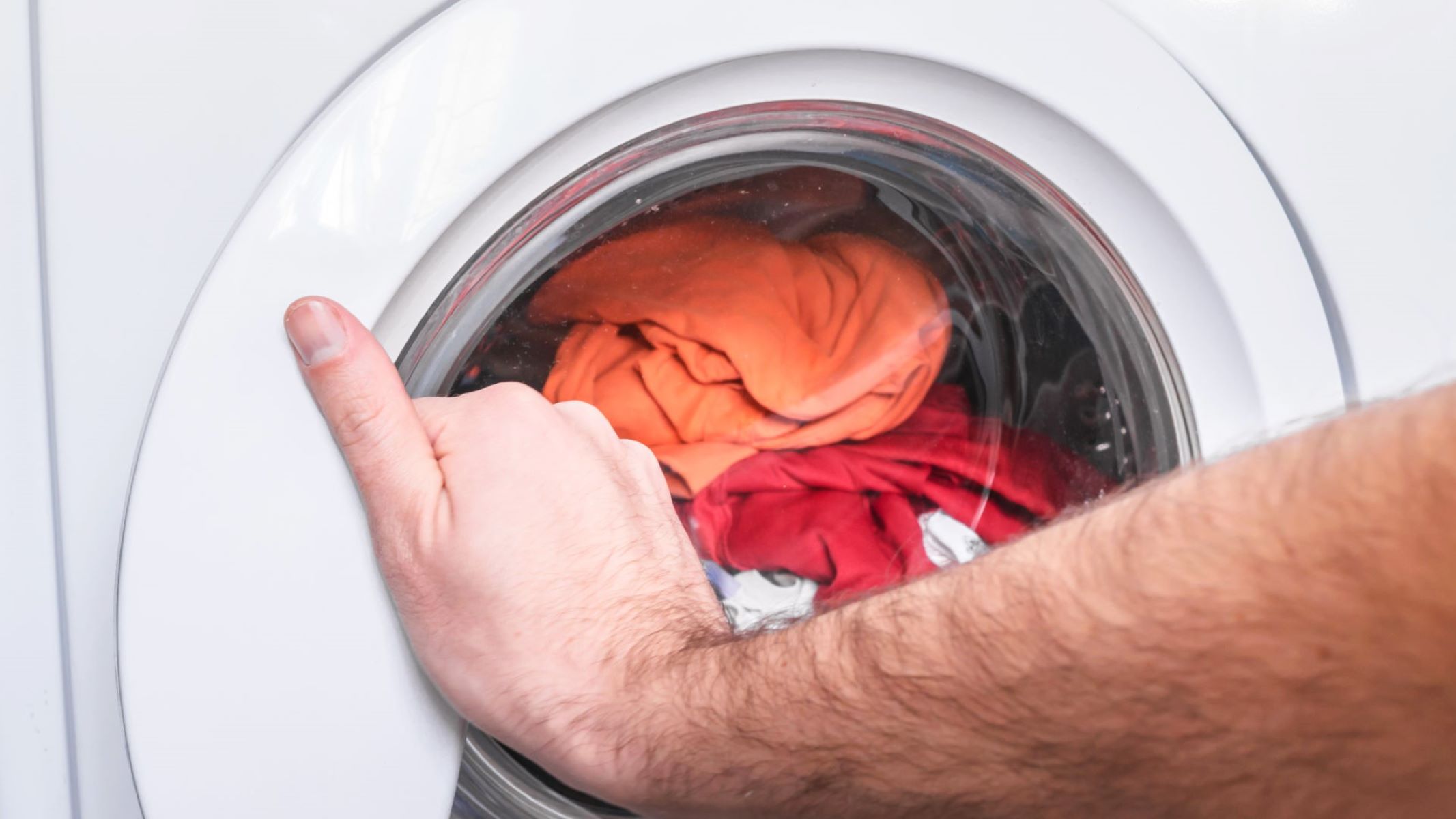
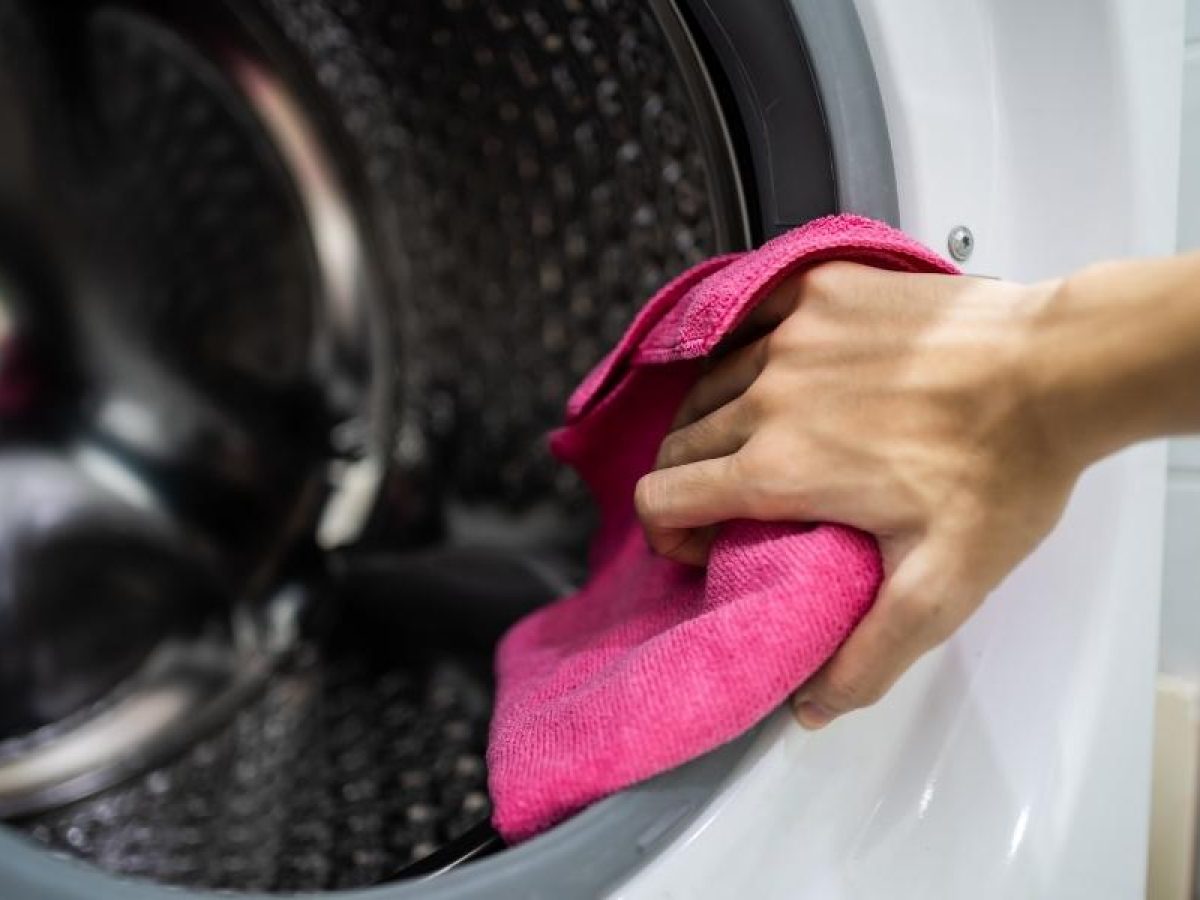
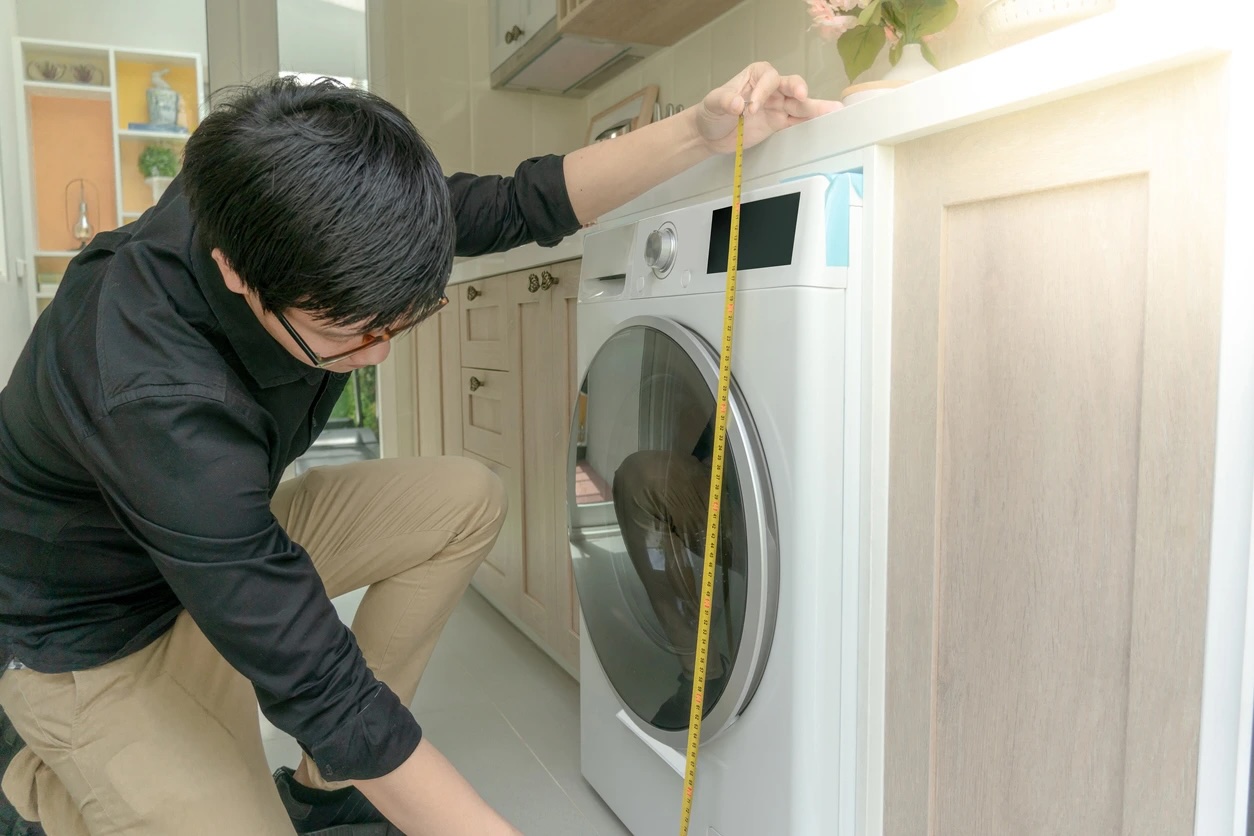
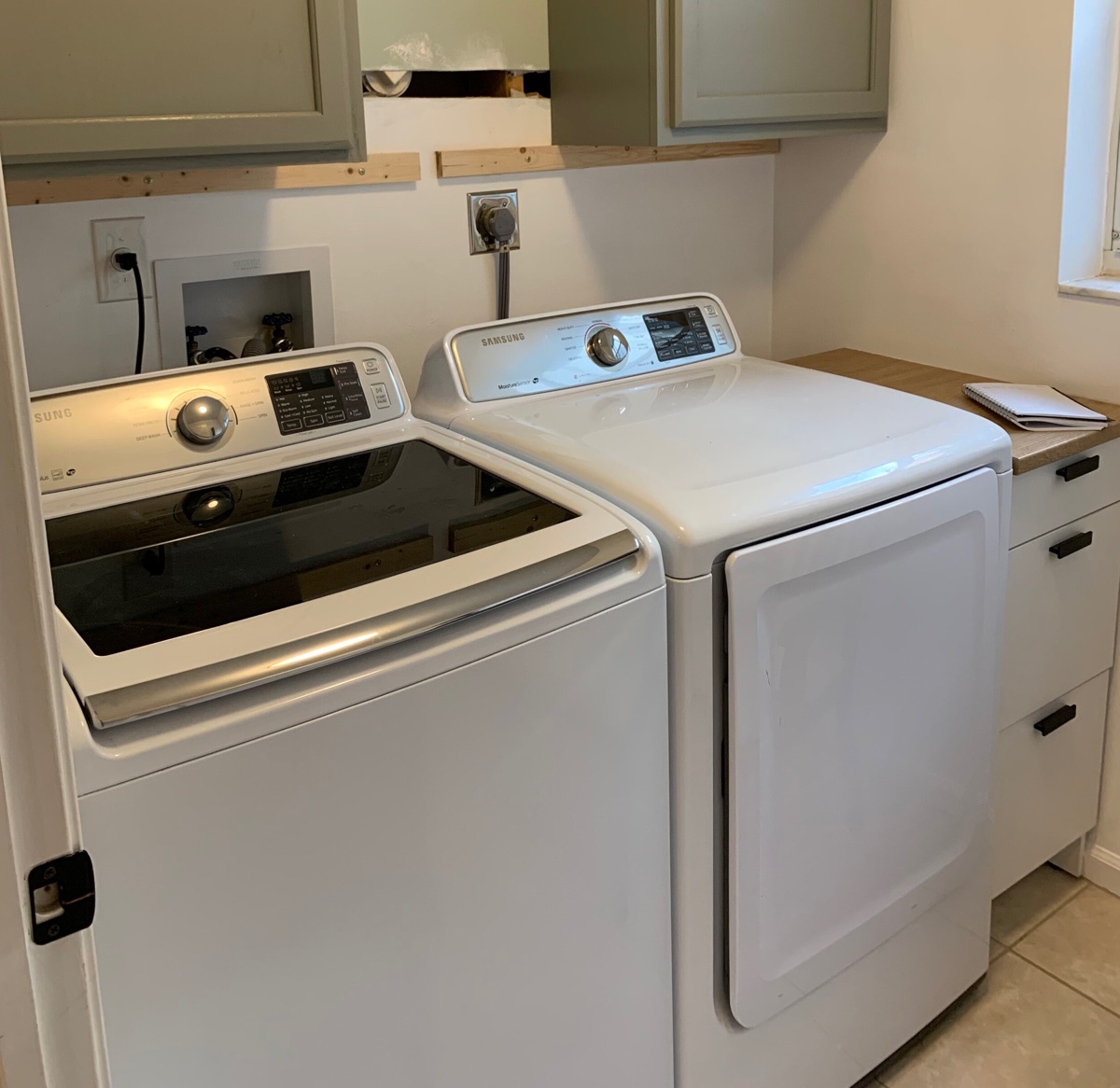
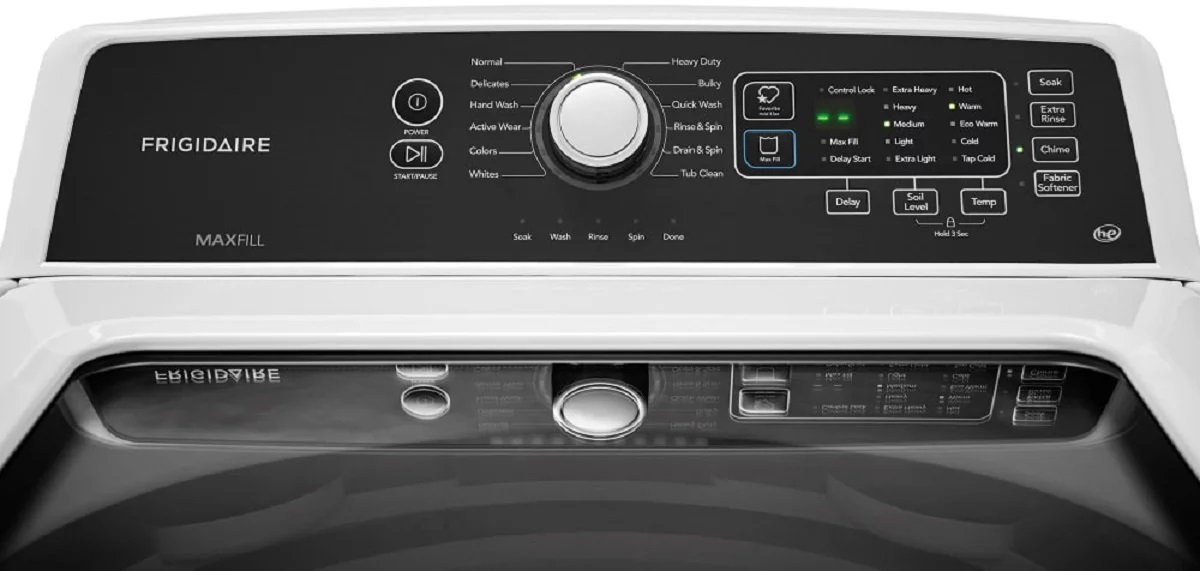

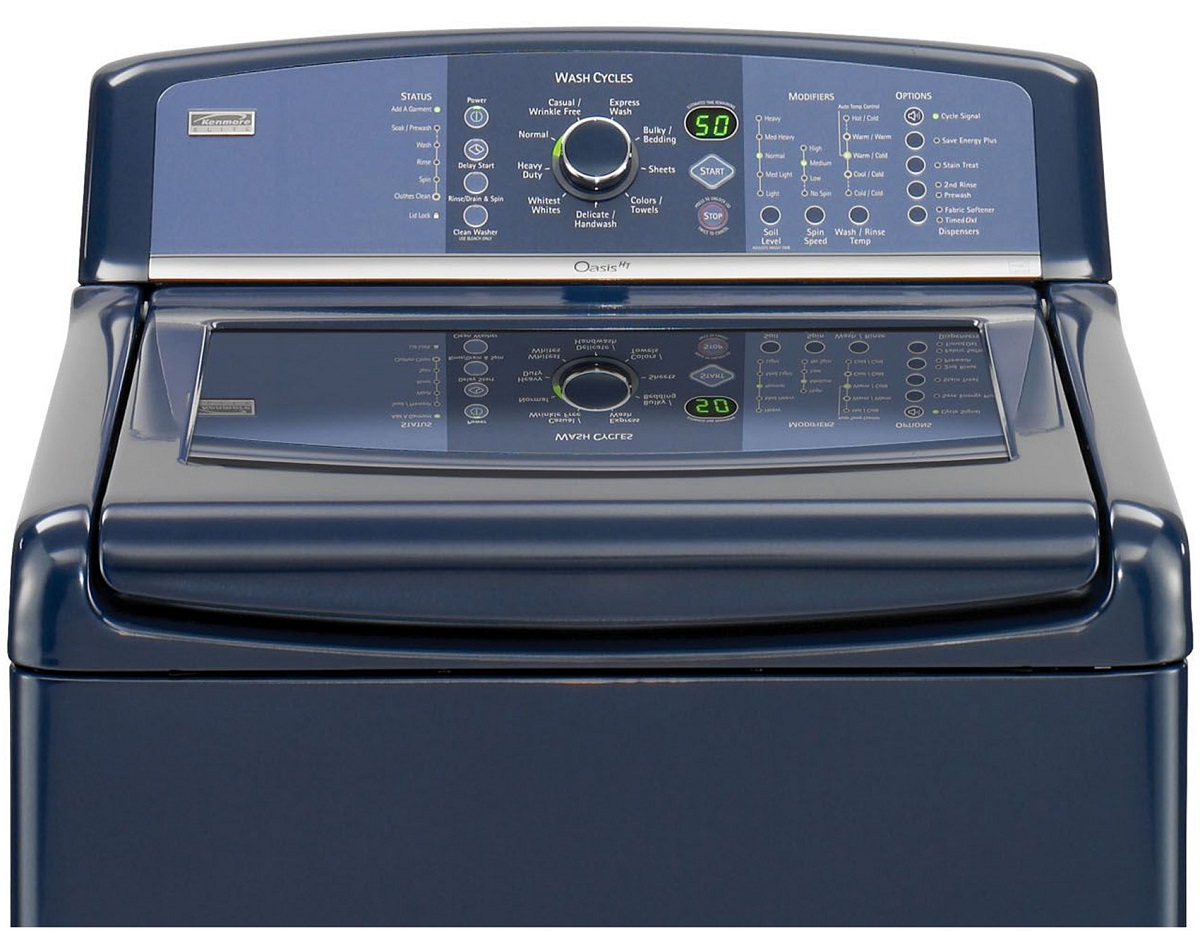
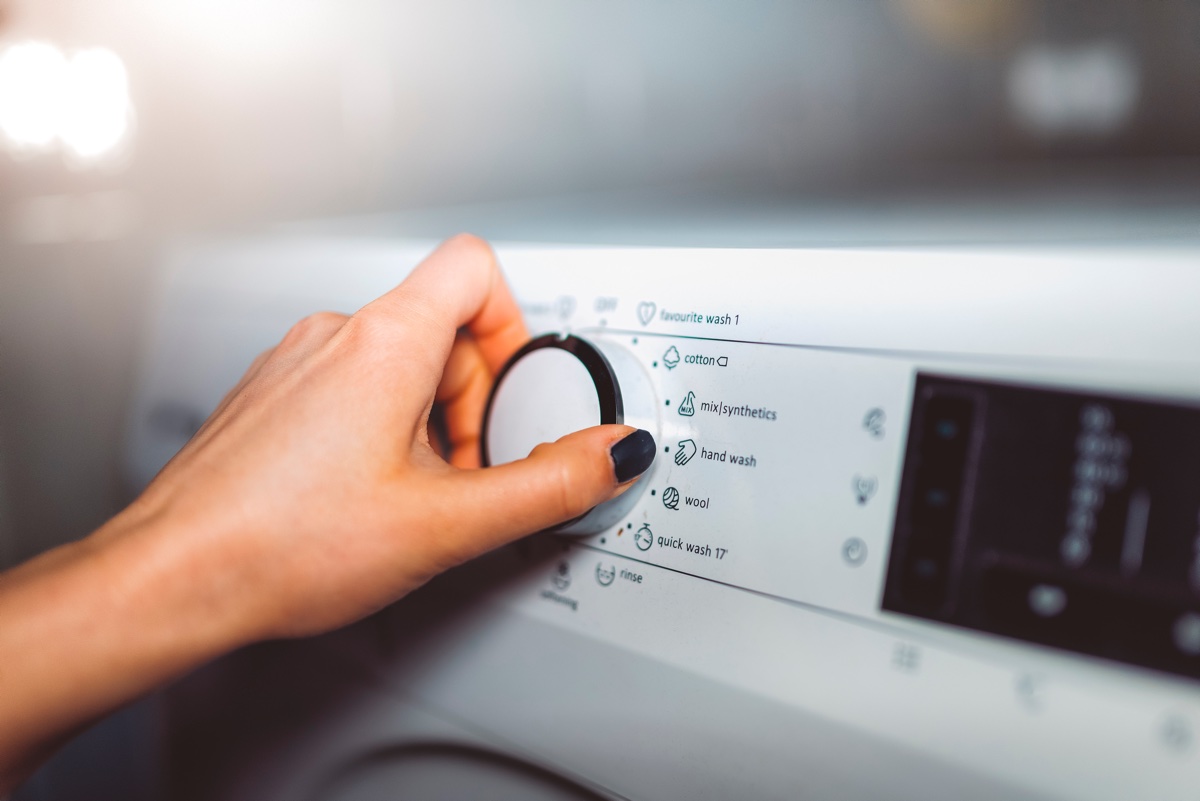


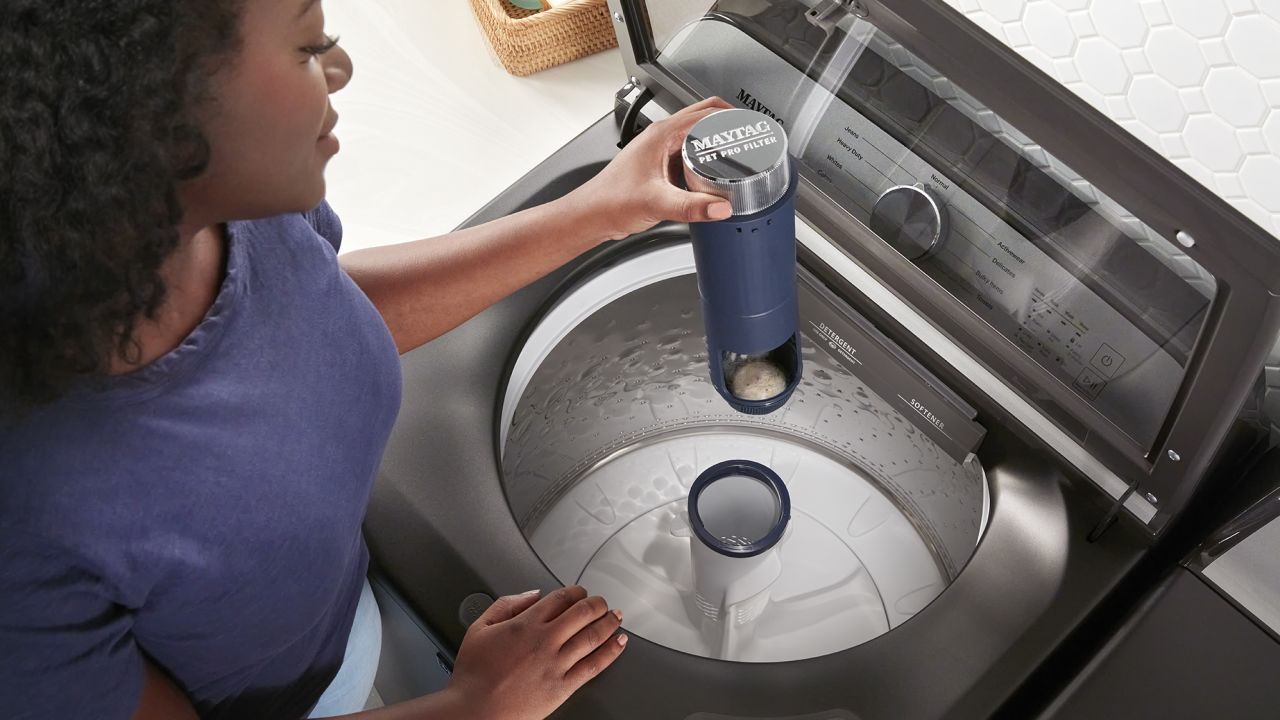
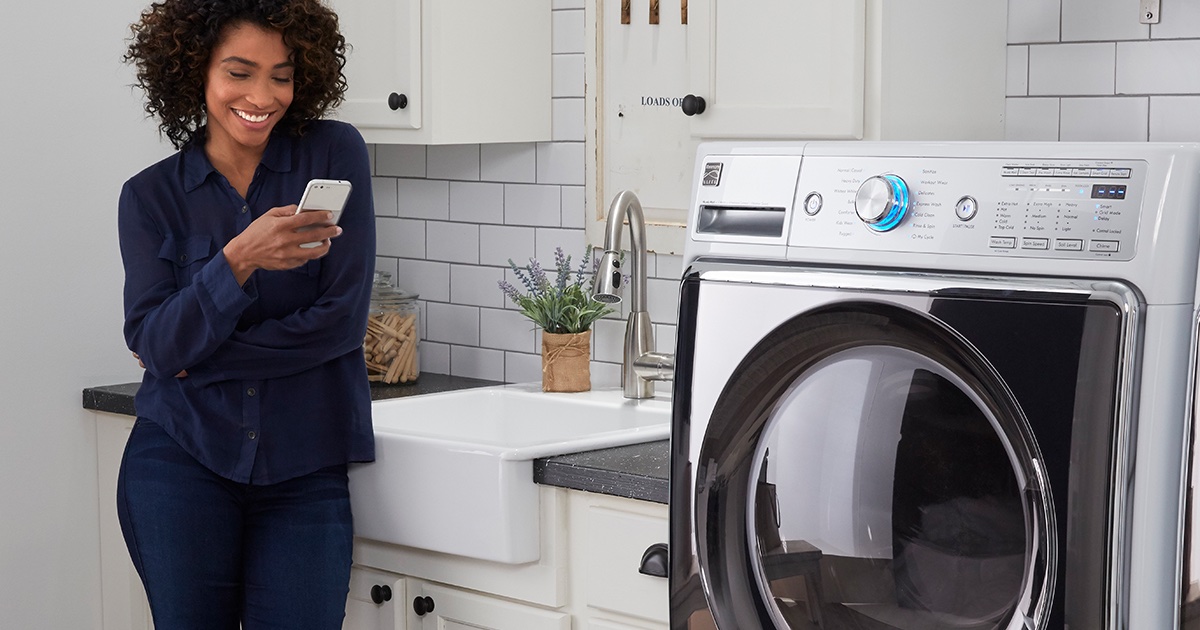

0 thoughts on “How To Maintain A Washing Machine”